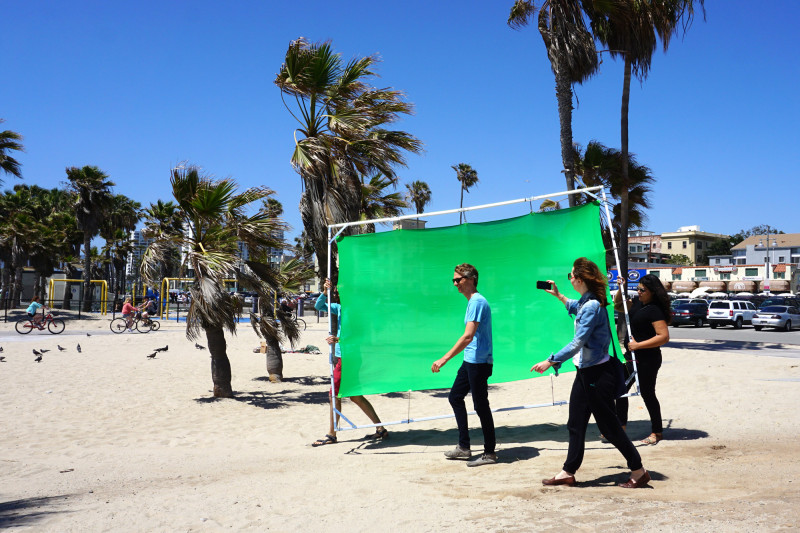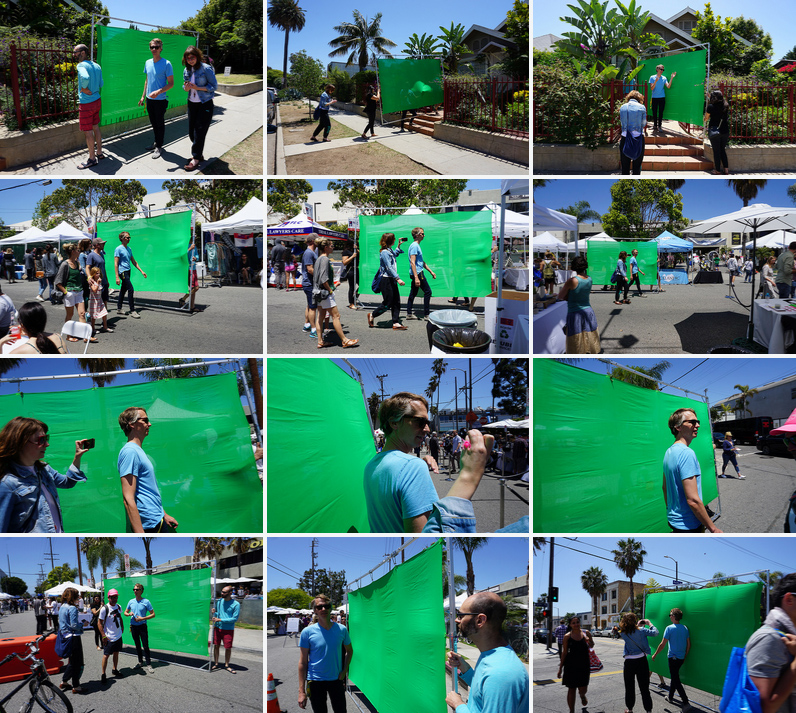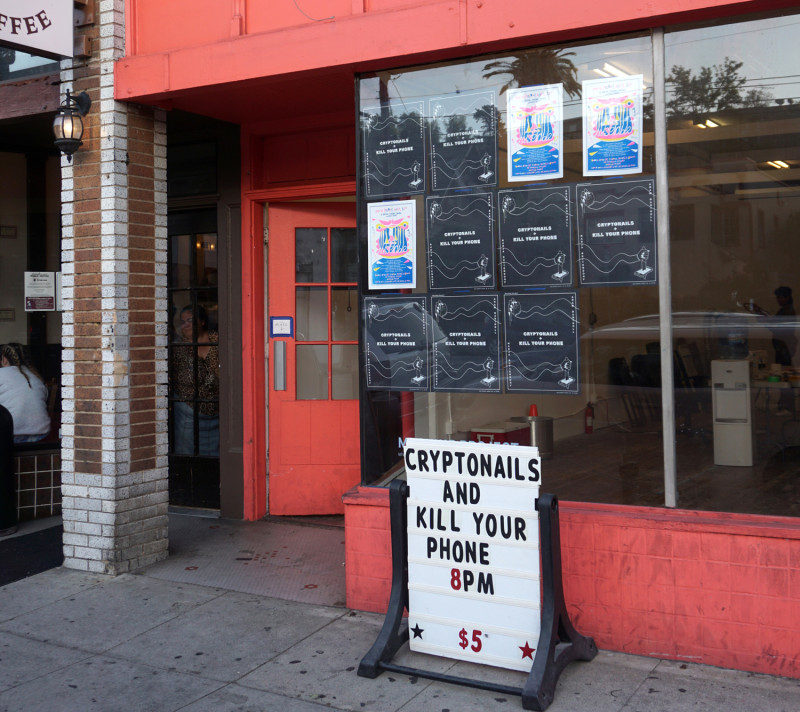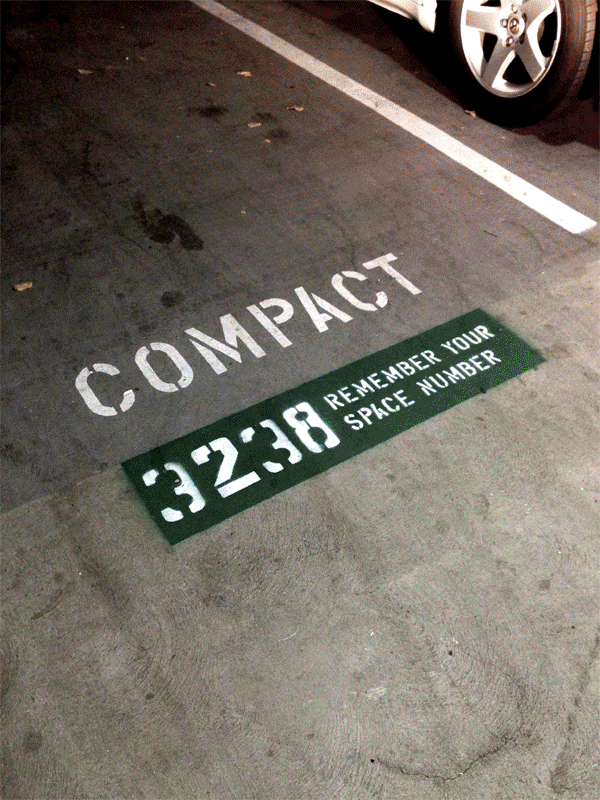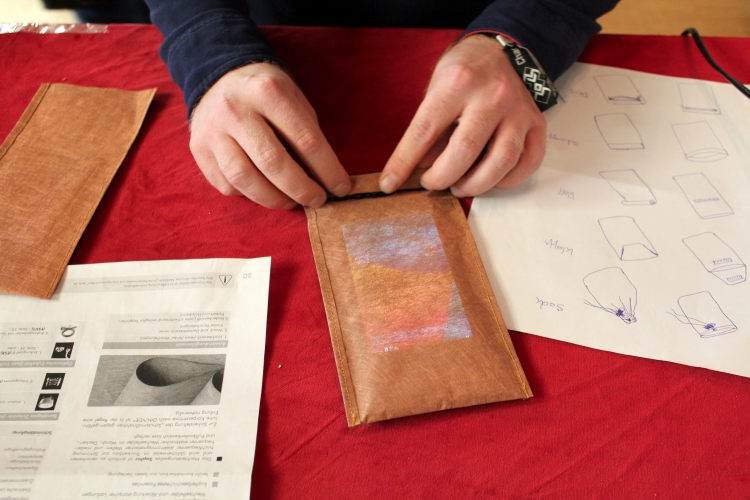L.A. Cosmetics
L.A. Cosmetics
by Nadja Buttendorf & Aram Bartholl
public intervention, video 2:41 min
June, 2016
credits: Lee Tusman on lookout! Thx! :))
Long Lasting LED
‘Long Lasting LED’
by Nadja Buttendorf & Aram Bartohll
Video, 2:02 min
Los Angeles
2016
Greenscreen Venice
Greenscreen Venice
Venice, Los Angeles 2016
Live stream intervention involving a green screen, periscope.tv & Venice. Thanks to the team!! Credits to: Nadja Buttendorf, Theo Triantafyllidis, Lee Tusman, Ashley B. & periscope.tv
Build And Run
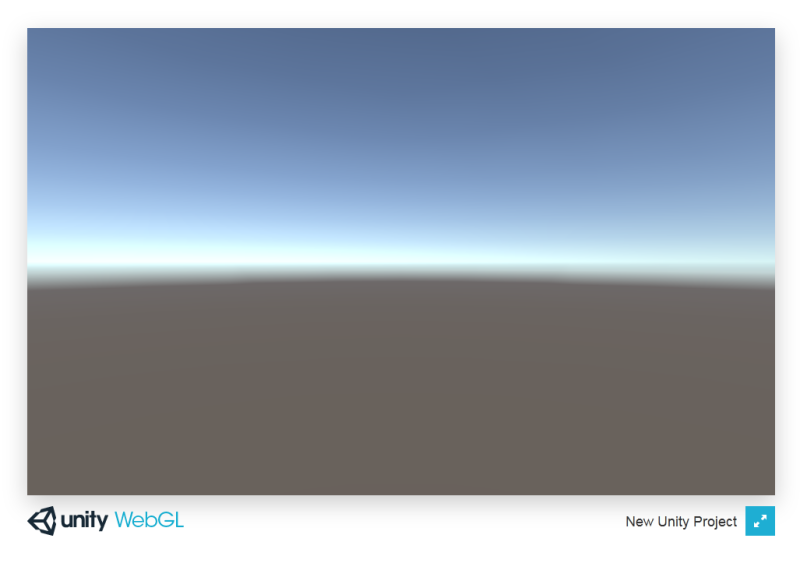
This is a screen shot of the very first computer game I ever made!! You can download it for PC here or play it online here!
Build And Run
dimension: 1024 x 768px, medium: computer game, PC & web
Aram Bartholl
2016
CryptoNails & KillYourPhone
The workshop night at Machine Project in L.A. with Crypto Nails by Nadja Buttendorf and KILLYOURPHONE.COM was very much fun! Thx to Machine Project for hosting this event!! & thx to the people for stat-us.org for inviting us!! Also thanks to Simon Steiner from Otis for this super cool handmade screen print poster!!
http://machineproject.com/2016/events/kill-your-phone-crypto-nails/
Saturday, April 30, 8:00pm–10:00pm
1200 N Alvarado St, Los Angeles, CA 90026, USA
‘
How to share a UCLA all day parking ticket
How to share a 12,-$ UCLA parking ticket:
- Get your 12,- $ all day visitor parking ticket .
- Leave it in the car as long as you park at UCLA.
- When you leave pass it on!
DOMENICO QUARANTA: Oh, When the Internet Breaks at Some Point
THX!!
DOMENICO QUARANTA: Oh, When the Internet Breaks at Some Point

“Walked out this morning / Don’t believe what I saw / A hundred billion bottles / Washed up on the shore / Seems I’m not alone at being alone / A hundred billion castaways / Looking for a home” The Police, “Message in a Bottle”, 1979
Back in October 2010, German artist Aram Bartholl cemented 5 USB flash drives in various locations in New York, as part of an Eyebeam residency. [1] Referring to the way, in espionage, items are passed between two individuals using a secret location and without an actual meeting, he called the project Dead Drops. The first five dead drops were empty, except for a small readme file explaining the project. A dedicated website was set up, featuring a video tutorial and a simple “how to” and inviting people to participate in the project.
In interviews, Bartholl explained that at the beginning he was just fascinated by the power of an image: a small data container plugged in the wall, in public space, and a person trying to access it with her own device. He invited people to participate by dropping files in and taking files out, installing their own dead drop and sending the GPS coordinates to Bartholl. As in many collaborative projects, he wasn’t particularly confident about people’s participation, and he believed that the project was conceptually strong enough even in the shape of a small, five-nodes network. But people liked the idea, and as I’m typing on my keyboard today, the online database features almost 1500 registered dead drops for a total storage space of 9891 gigabytes. I installed my own a while ago and I’ve noticed some others along the years, and I’ve always been fascinated by the precariousness of these tiny, rusty artifacts. I’ve never seen anybody plugging in, and probably most of them are almost empty, or out of work. But they are, still, extremely powerful as an image.
Message in a Bottle
“A Dead Drop is a naked piece of passively powered Universal Serial Bus technology embedded into the city, the only true public space. In an era of growing clouds and fancy new devices without access to local files we need to rethink the freedom and distribution of data. The Dead Drops movement is on its way for change! Free your data to the public domain in cement! Make your own Dead Drop now! Un-cloud your files today!!!” Aram Bartholl, “The Dead Drops Manifesto”, 2010 [2]
The dead drops network emerged in an age that saw a major shift in the general perception of the internet as a public space. Widespread Wi-Fi access, the massive adoption of social networking sites, and the advent of smartphones made people start to think about the internet as a new public space, with no physical boundaries and infrastructure, where data can be shared and taken easily and seamlessly. The metaphor of the cloud, already used in the Nineties to describe the internet, became more and more popular in the late 2000s, when cloud computing emerged – further reinforcing the idea of an immaterial public space and eroding the difference between public and private, local and shared. As Annet Dekker wrote in 2008:
……
‘
Kill your phone machine…
KILLYOURPHONE at Machine project LA
http://machineproject.com/2016/events/kill-your-phone-crypto-nails/Saturday, April 30, 8:00pm–10:00pm
1200 N Alvarado St, Los Angeles, CA 90026, USA
“Join us in the Machine Project storefront on Saturday, April 30th at 8pm for an evening of counter-surveillance fun organized by the Cryptoparty team, featuring special guests Aram Bartholl and Nadja Buttendorf.
Your phone is the window to your soul. Keeper of credit cards, holder of location data, archive of incriminating voice memos. Kill Your Phone! In this open source workshop, Aram Bartholl and the LA Cryptoparty crew will teach you to make a special signal-blocking phone pouch, to keep your ever-vulnerable Glowing Brick of Light safe from the vast array of threats facing the modern citizen, including but not limited to: CIA operatives, Russian teenagers, NSA contractors, and Glop-dwelling cyber-urchins. Feel free to bring clothes of your own to modify for wearable wave-blocking.
But that’s not all! After your phone is shielded safe and sound, it’s time to weaponize your fingers with Nadja’s Magnetic Nail Art Studio. Equip your nails with custom EXPLANTS, as we magnetize our fingertips for crypto-defense. Blank credit cards with the swipe of a finger, conveniently hold metal objects, feel the magnetic waves, change your report cards!
This event is open to all. $5 suggested donation to cover material costs. Bring a sewing machine if you have one!”
Never worry again
Result of a Twitter conversation. ‘Never worry again”, Photoshop, Aram Bartholl, 2016
your kids will love these take-my-money-now buttons… pic.twitter.com/baLgDi4iHO
— Ar@m B@rtholl (@arambartholl) April 15, 2016
Talk at LACMA Lab
Offline/Online Convergences: Aram Bartholl and Kathy Rae Huffman
Tuesday, April 26, 2016 | 7 pm
LACMA, Art + Technology Lab, Art of the Americas Building
Los Angles


